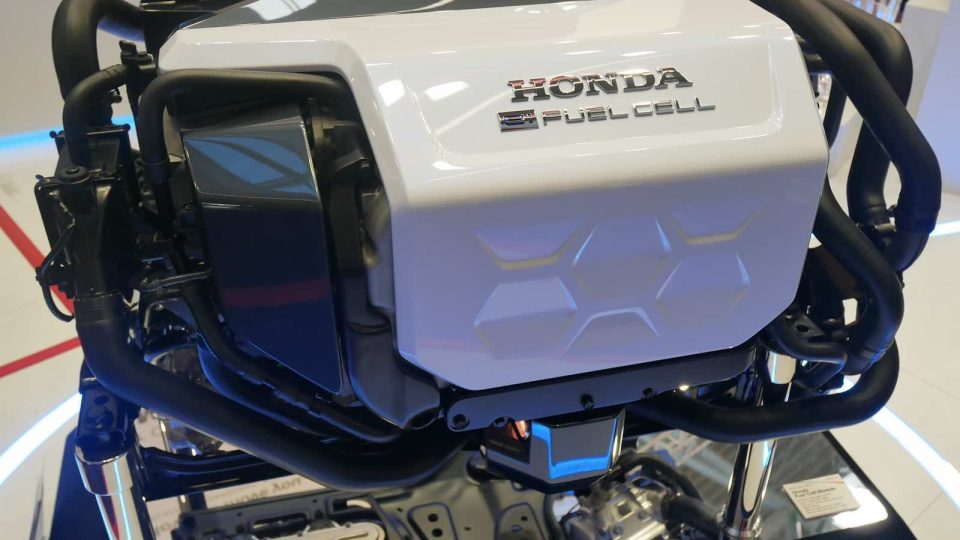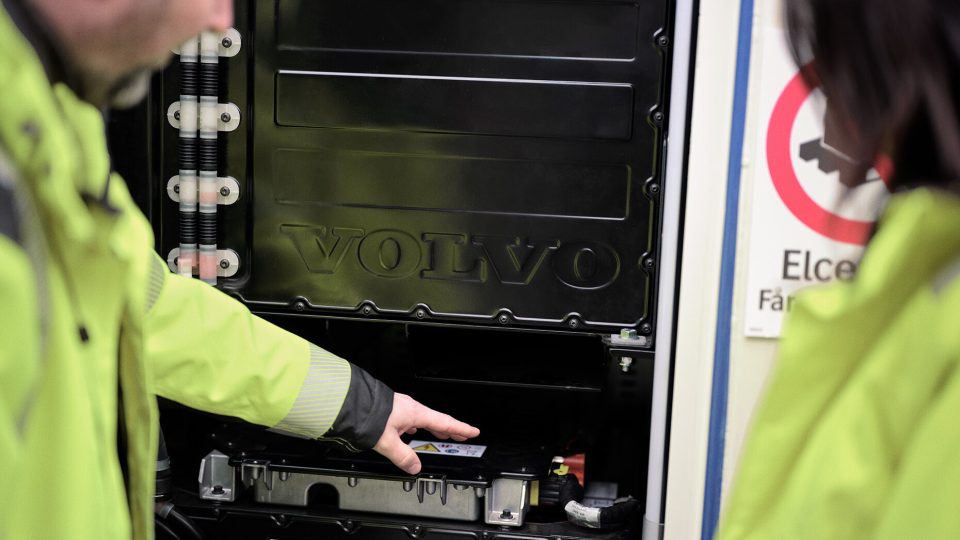EIMA vs SIMA, the Italians ask for CEMA intervention
EIMA vs SIMA, the controversy is still ongoing. At the beginning of this summer, a CEMA (European Agricultural Machinery Association) meeting was held in Alpen, Germany. Among the topics on the agenda, a key issue was presented by the organization of Italian builders FederUnacoma against the corresponding French association Axema, in reference to the EIMA […]
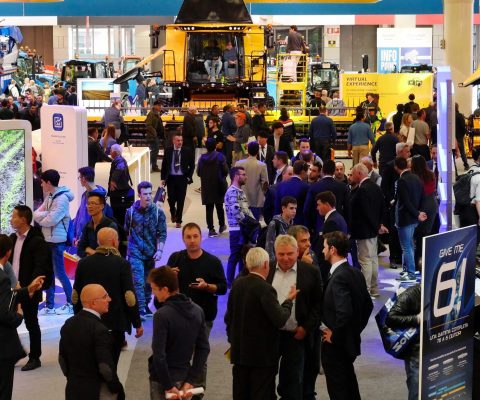
EIMA vs SIMA, the controversy is still ongoing. At the beginning of this summer, a CEMA (European Agricultural Machinery Association) meeting was held in Alpen, Germany. Among the topics on the agenda, a key issue was presented by the organization of Italian builders FederUnacoma against the corresponding French association Axema, in reference to the EIMA (Bologna, Italy) and SIMA (Paris, France) respectively promoted events.
At the end of the meeting, the issue was entrusted to the initiative of the President, Antony Van Der Ley, who the Federation of Italian Builders hopes will intervene on Axema’s behavior both in terms of method (the sudden and unilateral way in which the decision was made) and of merit (the inconvenience and economic damage caused to the exhibitors).
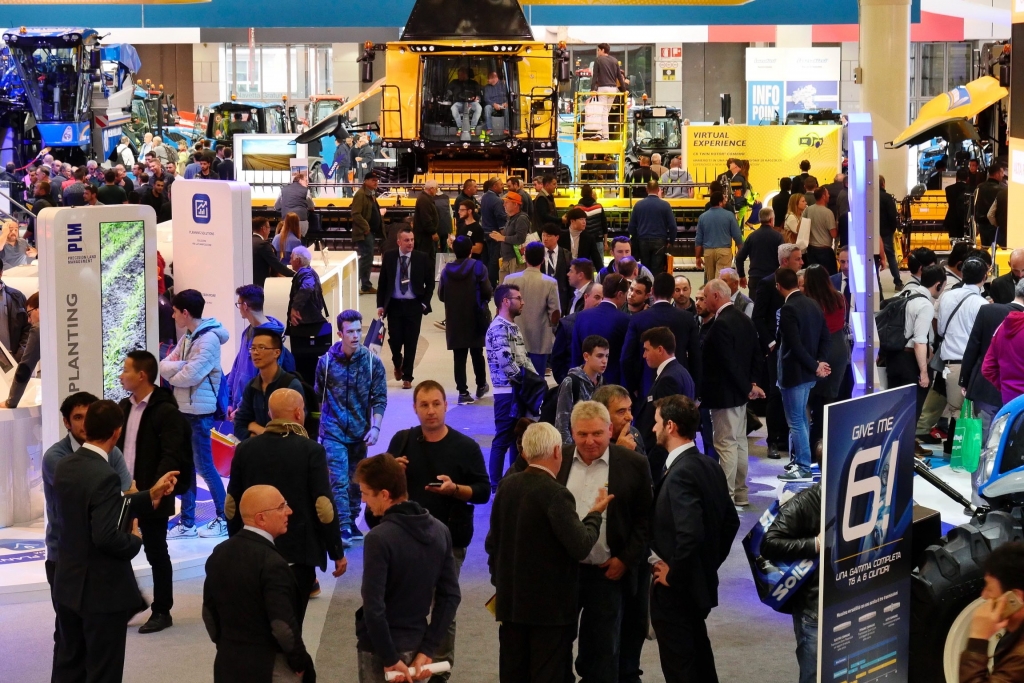
The story began, as we already discussed here on Diesel International, with the decision of the French organizers to radically change their schedule by moving the SIMA from the traditional February of odd years, to the autumn of even years, and setting the next edition in November 2020 in overlap with the EIMA.
THE LAST “EPISODE” OF THE DISPUTE
EIMA vs SIMA, the French actions are only creating inconveniences
The request presented by FederUnacoma to the European Committee highlighted the organizational difficulties coming from this decision and the damage to exhibiting companies, forced to double their investments to be present at the two events, or to choose only one of the two, giving up important opportunities for business.
FederUnacoma also believes that, given the fact that the two fairs are directly promoted by manufacturers’ organizations, the question on the schedule should have been discussed within the CEMA context and that the conduct of the French organizers – who have proceeded unilaterally without informing the other associations in the appropriate way – went against the principles of collaboration and transparency that are binding for the associations that are part of the committee.
In response to FederUnacoma, Axema decided to defend its choice, arguing that the hypothesis of a change of date, proposed in December 2018 and January 2019 to the organizers of EIMA and of the German fair Agritechnica, “had not encountered any opposition”. FederUnacoma, of course, answered back through the words of its President Alessandro Malavolti: «We have addressed this move in every way possible, we have opened the formal dispute at the CEMA and at the first signs of a schedule change, long before the French organizers made their decision official, we even called a press conference in Paris at SIMA, in which we advised the organizers that any hypothesis of overlap with EIMA would be unfair to the latter and harmful for exhibiting companies and operators».
Official figures speak in favor of the Italians
According to FederUnacoma, the French arguments appear unsustainable also in reference to statements made outside the CEMA context. In a recent interview with the newspaper ‘Terre-net’, for example, SIMA Director Isabelle Alfano argued that the French decision is justified by «the need for an alternation between the two largest European fairs, in the context of the two most powerful agriculture markets in Europe, Germany and France». An unsubstantiated claim – noted FederUnacoma – since it is known that EIMA has far surpassed the French show in terms of visitors, exhibitors and technical content, and that the two major points of reference today are the Agritechnica of Hannover and the EIMA of Bologna.
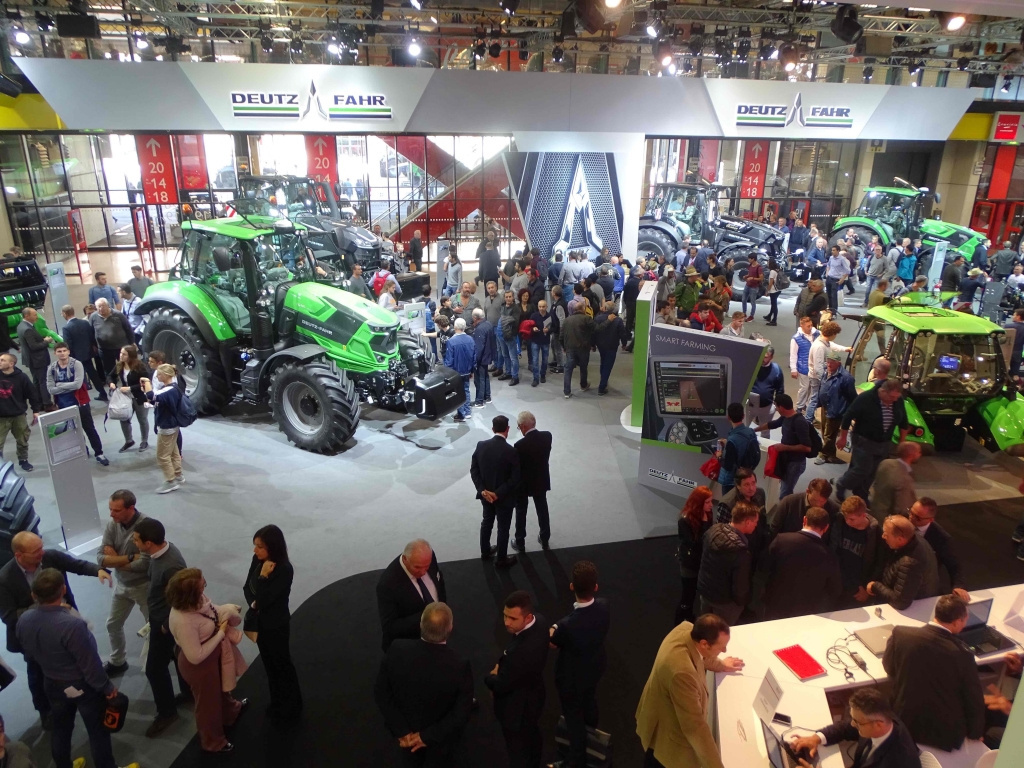
The gap between the Bologna event and the Paris one appears even more consistent when looking at the official UFI statistics, the international organization that classifies fair events on the basis of certified data and not on the data provided by the organizers. According to official UFI statistics, in the last editions the SIMA never went beyond the 140 thousand visitors, having instead claimed in its press releases and in its own publications over 230 thousand visitors.
If we consider that in the last edition (November 2018) EIMA exceeded 317 thousand officially certified visitors, the difference compared to the French event is overwhelming. Also with regard to the number of exhibiting companies, the difference between the two events is clear: in the latest editions the UFI statistics showed a figure of no more than 900 for the French fair (compared to the approximately 1,800 claimed by the organizers), a number that is equal to half of the exhibitors that were present at EIMA.




